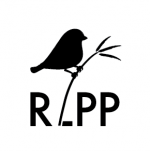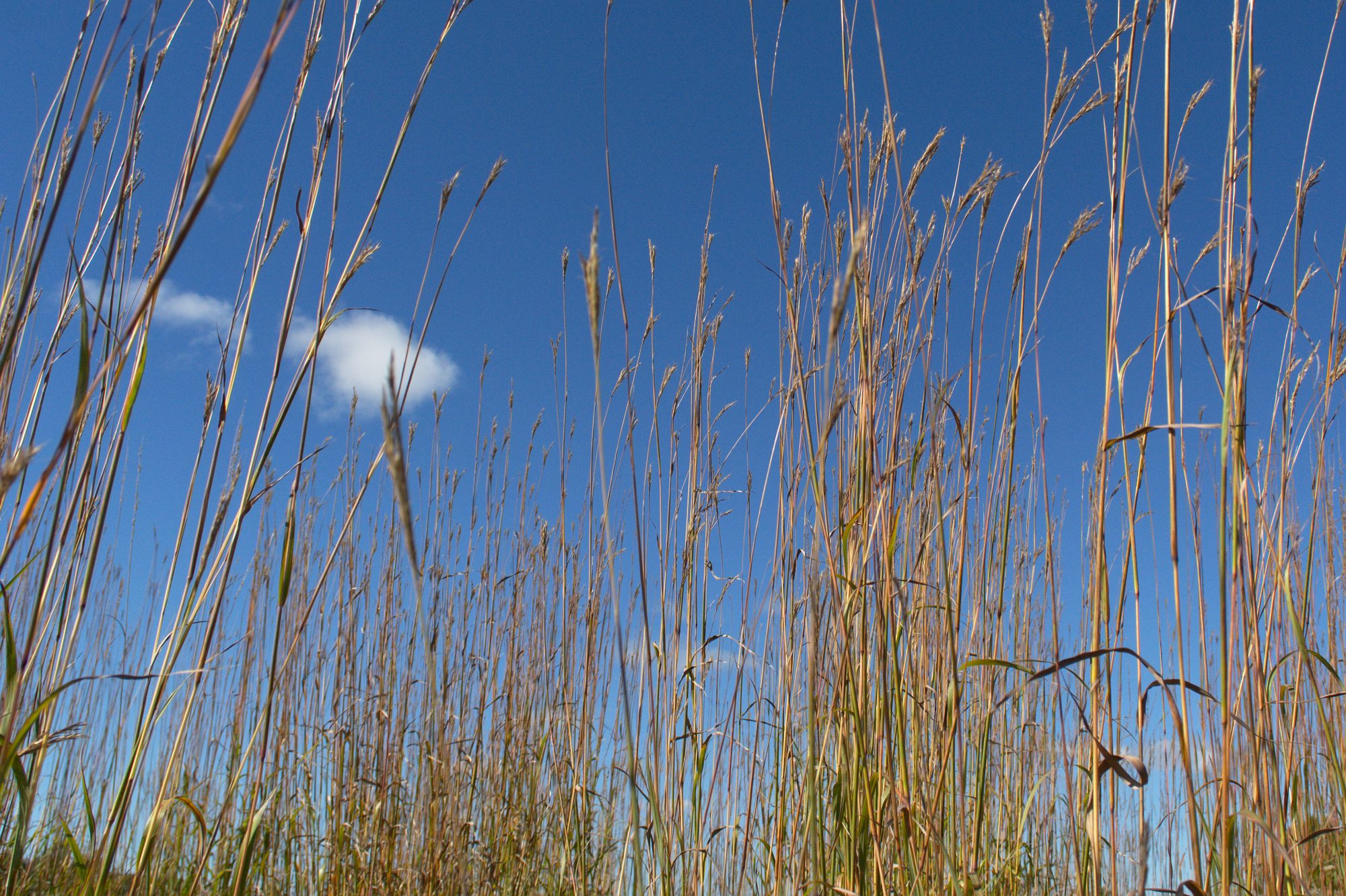Thanks to funding from Environment Canada's Habitat Stewardship Program for Species at Risk and the Ontario Ministry of Natural Resources' Species at Risk Stewardship Fund the Nature Conservancy of Canada with support from the Rice Lake Plains Joint Initiative has worked to improve awareness of species at risk in the nationally threatened tallgrass prairie ecosystem. Efforts have been concentrated on vulnerable snake and bird species throughout the Rice Lake Plains in Northumberland County. Summer 2009 marked the third year for such work.
The first two years brought a wealth of information regarding the occurrence of the nationally and provincially threatened Eastern Hog-nosed snake in the area. More than a dozen new sightings were recorded. The Eastern Milksnake is a species of special concern provincially and federally and was also featured by informing landowners about its decline and reasons it is at risk. Field staff visited with landowners, attended conservation events, presented programs to school groups and mailed post cards to selected landowners with the ultimate goal of documenting snake sightings and helping to protect these species at risk.
This past summer and early fall three birds species were added as focus species in hopes of increasing awareness and gathering sighting data about grassland birds. The Common Nighthawk, Whip-poor-will and Red-headed Woodpecker are known to utilize prairie, savanna and edge habitat where insects are abundant. Unfortunately due to habitat loss, changing land use activities and the spread of invasive species much of their critical grassland habitat has been lost.
NCC and the Rice Lake Plains Joint Initiative continue to seek information about each of these species at risk. Landowners who see these species are encouraged to contact NCC at (705) 761-6466 or by email at todd.farrell@natureconservancy.ca. Photographs of these species are most helpful for record keeping purposes as are details of their location and behavior.
Mark Stabb
Nature Conservancy of Canada

